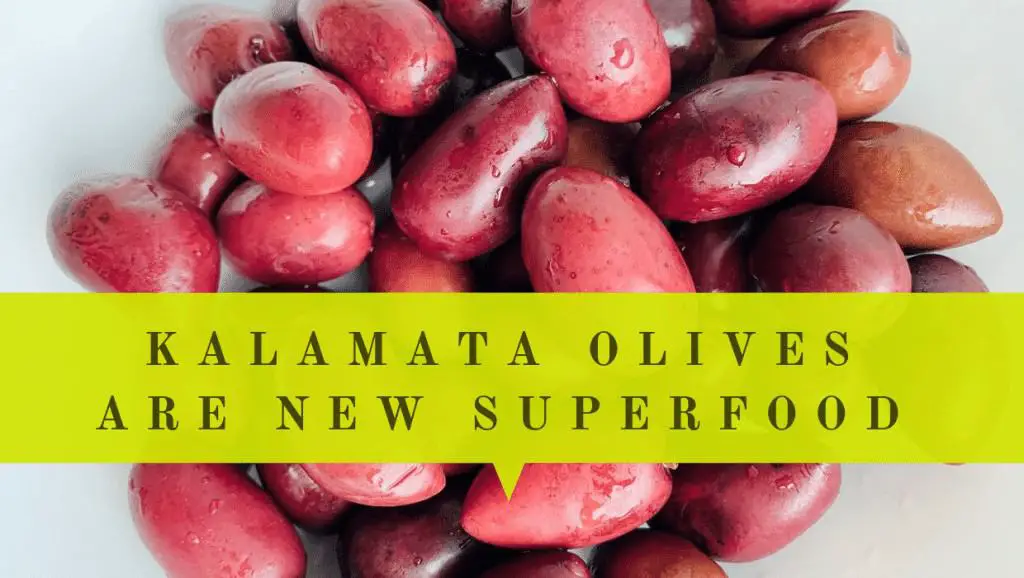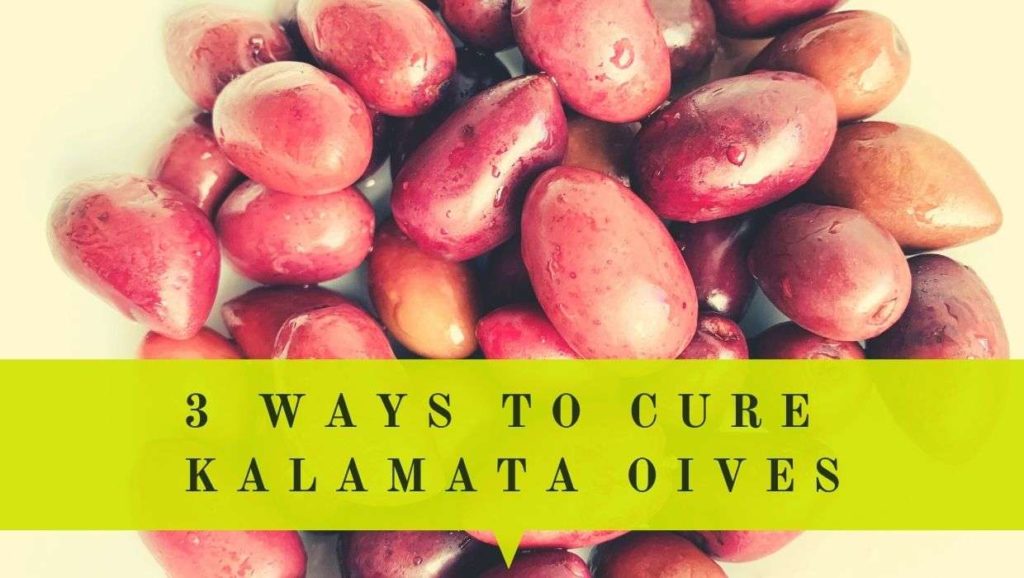This post may contain affiliate links which may generate a small commission from clicks that result in a purchase.
5 olives per day keeps doctor away! Kalamata olives vs black olives: which one to choose? They both are two of the most common and most delicious kinds of table olives, but it may be hard to understand the difference between the two.
In this article, we will break down Kalamata and black olives’ differences and similarities to help you decide which one you want to get (or both!). We will talk about taste, texture, nutritional value, culinary uses, and more! Let’s start!
Taste
Kalamata olives have rich, fruity taste; black olives – saltier
When they are first harvested, both fresh Kalamata olives and black olives have a somewhat bitter flavor to them that very few people would enjoy, but through their different curing processes, they develop two very unique flavors.
After being debittered in the curing process, black olives have the more mild flavor profile vs Kalamata olives, and they actually vary a good bit based on the type of black olive you are tasting. For example, the Italian Gaeta olives tend to have very soft flavors, while the Lugano black olives are much saltier. Furthermore, black olives are often brined in various herbs, which can really alter the taste.
On the other hand, Kalamata olives have a very unique and district flavor. No matter what it is curred in, Kalamata olives taste very rich and potent, and they are often described as having a fruity taste to them. They are also sometimes cured in red wine vinegar, which causes them to taste slightly like wine.
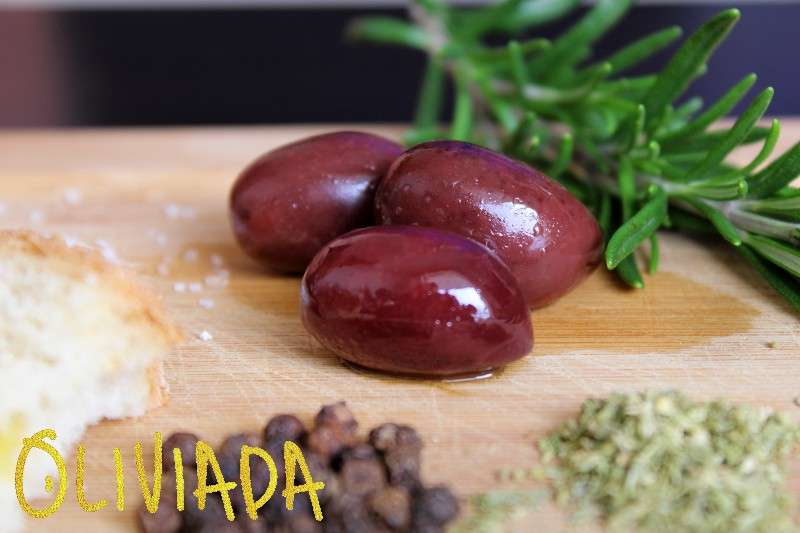
Texture
Kalamata olives have a smooth meaty texture; black olives – softer
As far as texture, Kalamata olives tend to have a very smooth and meaty texture. On the other hand, black olives tend to be much softer, but their texture does vary a lot based on how they are curred.
Nutritional Value
Kalamata olives have more healthy fat and calories vs black olives
Kalamata olives and blck olives contain a similar nutritional profile. The only major difference in nutrition is that of calories and healthy fat, that are almost twice more in Kalamata olives as compared to black olives. Nevertheless, both of them have tons of different health benefits.
First of all, both kinds of olives are very rich in monounsaturated fats, one of the healthy fats. The monounsaturated fats found in both kinds of olives have been proven to improve cholesterol levels and decrease your risk of heart disease. There is also some evidence that both kalamata olives and black olives can help reduce the risk of developing type 2 diabetes.
As far as vitamins and nutrients, both Kalamata olives and black olives are excellent sources of vitamin A and iron. They are also very low in both carbs and fiber, making them a great, keto-friendly snack.
Ripeness
Kalamata olives are dark purple color when fully ripen
When ripe, Kalamata olives are typically a deep purple color, though sometimes they look a little bit more red than purple. As far as shape, they tend to be more oblong or oval-shaped and actually look very similar to an almond. Kalamata olives also tend to be a little bit bigger than black olives when fully grown.
On the other hand, as the name implies, black olives are black when fully ripe; however, there is often dye or some other substance added to enhance their natural color. As far as shape, black olives tend to be more rounded, and they also tend to be smaller than Kalamata olives. However, when you go to the store, you might notice a relatively wide range of different kinds of black olives as they can come in any size from relatively small to rather large.
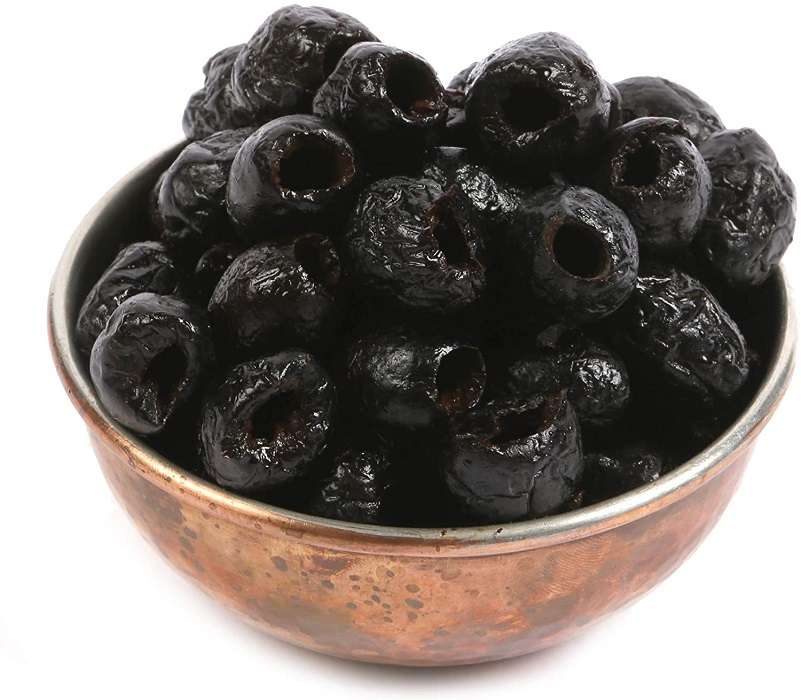
Curing
Both Kalamata olives and black olives may be cured in various methods
Both Kalamata olives and black olives have to be cured after harvesting to remove the bitterness, but the processes are quite different.
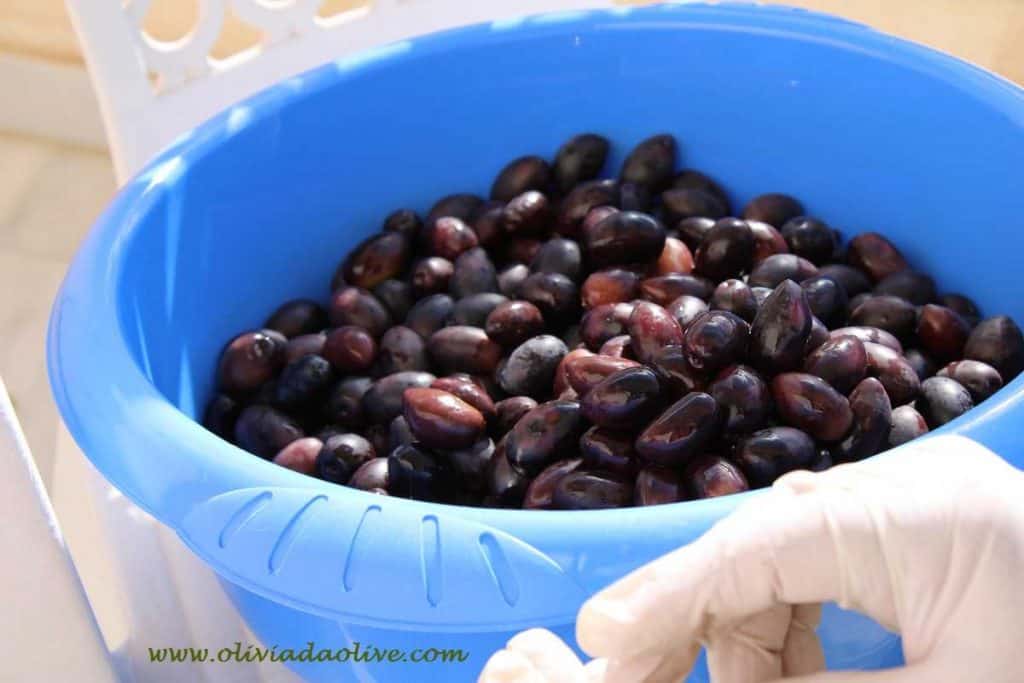
Kalamata Olives Curing – 2 Ways
Kalamata olives are typically cured in one of two ways.
The first, more common, and shorter method is soaking the olives in plain or slightly salted water until all the bitterness is gone; this process typically takes 7 days. After the bitterness is gone, the olives are transferred into a brine solution typically made of vinegar, oil, and a little bit of lemon.
The other method takes a lot longer, usually about 90 days. For this method, Kalamata olives are soaked in a very heavily salted solution, sometimes after being cracked. After 90 days in this solution, most of the bitterness will be gone, but they maintain a very pungent taste.
Black Olives Curing Standard
Black olives are cured in lye, a kind of alkaline solution that is meant to enhance the olives’ natural flavors. It is also very common for iron to be added to the solution to stabilize and preserve the color.
Finally, after the olives are done soaking, carbon dioxide is added before the olives are canned. Once canned, the black olives are sealed and steamed, and then they are ready for storage or sale.
Culinary Use
Both Kalamata and black olives have multiple uses in culinary and brining
Despite their different flavors, both Kalamata olives and black olives can be used in very similar ways, depending on which flavor profile you prefer.
They are an excellent addition to salads, sandwiches, pizzas, wraps, pasta, and wine/cheese platters. They can also be added to dips and pasta sauces to really create a deep, rich flavor. Finally, both are very commonly used as tapenades.
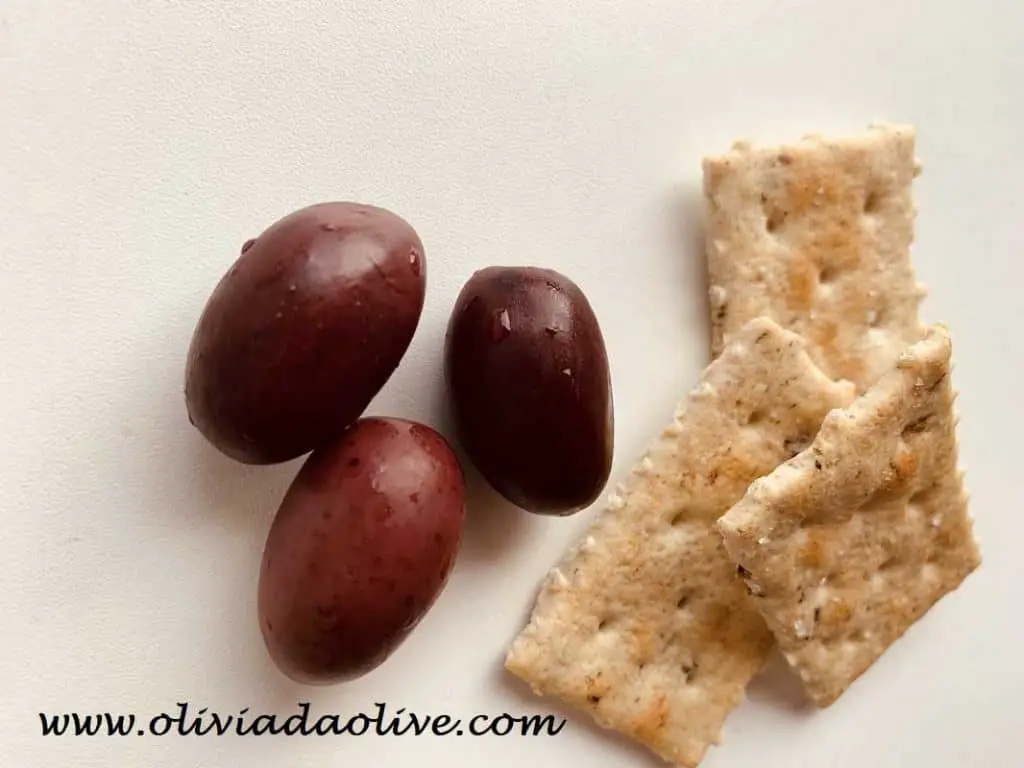
Olive Oil
Kalamata olive oil is one of the best olive oils; black olives are better for table olives
It may come as a surprise that not all olives can produce great olive oil – the variety of flavor and texture of olives result in producing a range of olive oil from virgin to extra virgin with the highest premium standards.
For instance, olive oil made from Kalamata olives is one of the best olive oils worldwide and is rewarded as PDO olive oil.
On another hand, black olives are sometimes used in combination with green olives to make olive oil. Green olives have a more robust flavor, so they are mainly responsible for the taste of olive oil, but black olives can be used to add suppleness or texture.
Generic FAQs
Are Kalamata olives and black olives the same?
No, Kalamata olives and black olives are different variety olives with differences in taste, texture, and size. For instance, Kalamata olives are almond-shaped with dark purple or dark brown color. However black olives are rounded with black color when fully riped.
What makes Kalamata olives different?
Comparing to other olive varieties, a dense texture and unique distinct flavor make Kalamata olives the most favorable olives around the world. Also, Kalamata olives contain a range of health-promoting nutrients, vitamins, and minerals and are particularly high in antioxidants.
Why are Kalamata olives so expensive?
Kalamata olives are more expensive due to their nutritional value, distinct taste, and origin. They have the Protected Designation of Origin (PDO) label which is credited only to olives produced in Messinia at Southern Peloponnesus and signifies their superiority and high quality. Comparing to other olives Kalamata olives have a dense texture, unique, smoky, fruity, and rich flavor.
Conclusion on Kalamata Olives vs Black Olives
In short, Kalamata olives vs black olives actually have a lot of similarities when it comes to health benefits and culinary uses, but their flavor profiles are quite different. While olives, in general, are healthy and important for our body, olives are popular because of high healthy fat content, ease of consumption, and rich antioxidant, vitamins and nutrient content.
If you are a person that prefers a more mild flavor, it is a safer bet to go with black olives; however, if you are looking for a strong, rich olive flavor, Kalamata olive might be your new favorite. Though every taste is different, we recommend tasting both olives and in many different curing methods in order to find your best table olives variety!
Read Next
ARE GREEK OLIVES GOOD FOR YOU?
Learn More
- Kalamata Olives are New Superfood
- 10+ Great Facts about Olives
- Healthiest Olives – Kalamata Olives
- Kalamata Olive Oil Health Benefits
Hi, I’m Vangelis Kleftogiannis, the founder of Oliviada and an established olive oil expert from Kalamata, Greece. My expertise isn’t just in producing quality Extra Virgin Olive Oil, but also in the cultivation and care of olive trees themselves. I am deeply committed to sharing my knowledge and know-how, helping others understand the intricacies of olive tree growing and the creation of quality olive oil.

